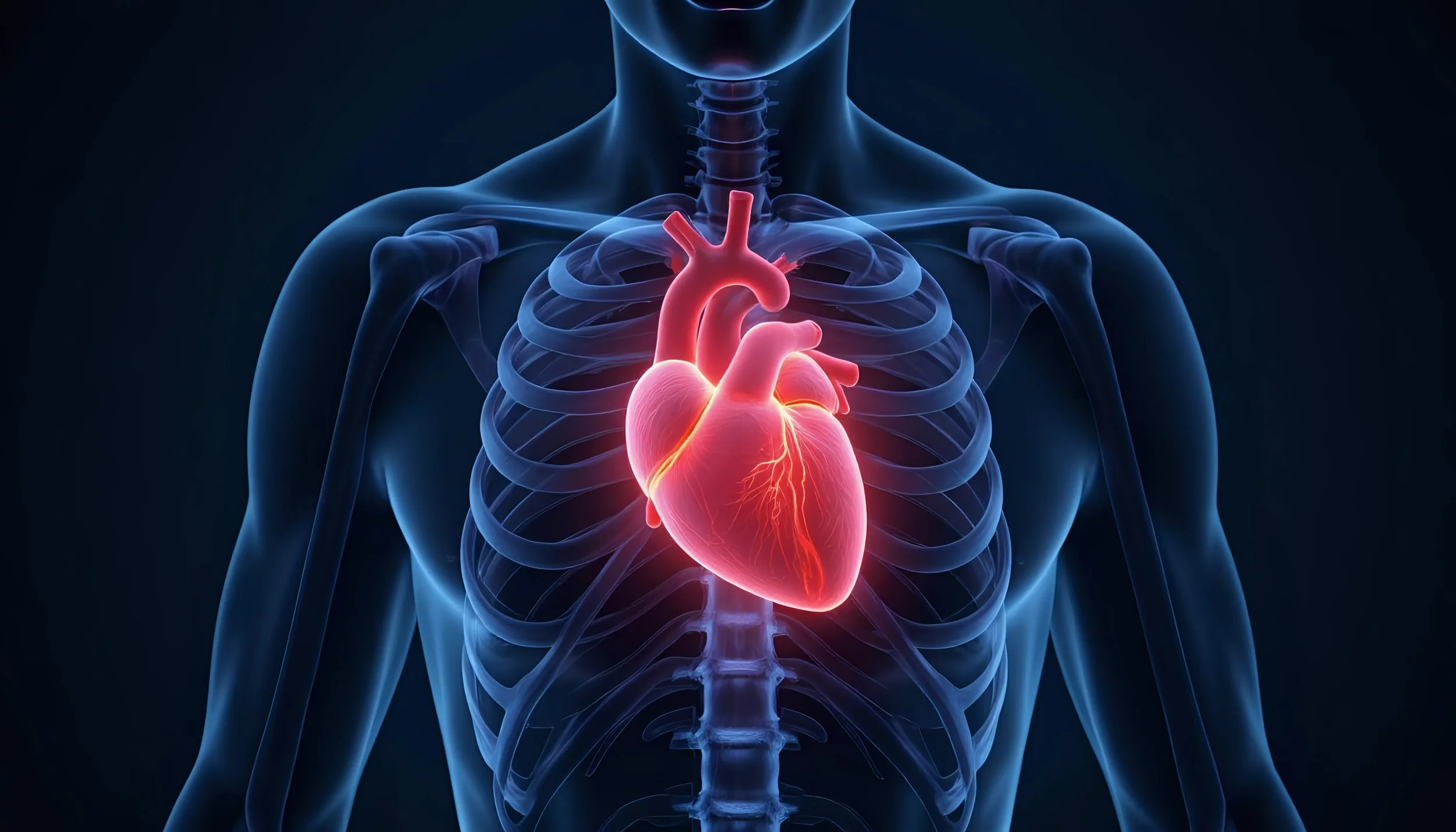Your Pulse ❤️ Your Heart Is Talking. Are You Listening?
“ There are dreams of love, life, and adventure in all of us. But we are also sadly filled with reasons why we shouldn’t try. These reasons seem to protect us, but in truth, they imprison us. They hold life at a distance. Life will be over sooner than we think. If we have bikes to ride and people to love now is the time.”
—— psychiatrist Elizabeth Rubler-Ross
Take a moment.
Put two fingers on your wrist or your neck.
Feel that steady thump-thump-thump?
That’s your heart, reminding you that you’re alive.
Right now. Right here.
It beats around 100,000 times a day—no days off, no complaints, just quiet loyalty.
But here’s the thing:
If your heart starts whispering a warning, would you even hear it?
Let’s talk about heart rate—your body’s personal status update—and why learning to read it might just save your life.
🩺 What’s a Pulse, Really?
Your heart rate, or pulse, is the number of times your heart beats in one minute. It’s more than just a number—it’s your heart’s way of checking in.
• Normal Resting Heart Rate (RHR): 60–100 beats per minute (bpm)
• Athletes or super-fit folks: 40–60 bpm (their hearts don’t need to work as hard)
• Kids: They beat faster—newborns may hit 100–160 bpm
Your pulse isn’t static. It changes with:
• Movement
• Emotions
• Stress
• Illness
• Even whether you’re sitting, standing, or sweating on the dance floor
🔍 How to Check It (And Why You Should)
No fancy equipment needed. Use your fingers (not your thumb!) and feel for the pulse:
• 🖐 Wrist (radial artery) – below your thumb
• 🧠 Neck (carotid artery) – side of your throat
• 🦶 Bonus: top of your foot, behind the knee, inside the elbow
Count the beats for 30 seconds, multiply by 2 = your beats per minute (bpm).
Easy. Free. Powerful.
🏃♀️ What’s a Healthy Heart Rate During Exercise?
Knowing your target heart rate during exercise helps you train smarter, not harder.
🧮 Maximum Heart Rate (MHR) = 220 – your age
(Example: If you’re 40 → MHR = 180 bpm)
Your sweet spot depends on your intensity:
• Moderate intensity: 50–70% of MHR
• Vigorous intensity: 70–85% of MHR
So for a 40-year-old:
• Moderate: 90–126 bpm
• Vigorous: 126–153 bpm
Get in that zone and your heart starts smiling. 💓
🚨 When Heartbeats Go Rogue
Not all heartbeats are good ones. Here’s what to watch out for:
🔺 Tachycardia – Too Fast
Resting heart rate over 100 bpm
Could mean: fever, stress, dehydration, or something more serious
🔻 Bradycardia – Too Slow
Resting heart rate under 60 bpm
Okay for athletes… but if you’re dizzy or tired? Get checked.
💔 Arrhythmia – Irregular Rhythm
Fast, slow, skip-a-beat… and not in a romantic way. Some arrhythmias are harmless, others need medical attention—don’t guess.
🛑 See a doctor if your heart feels off and it’s paired with:
• Chest pain
• Dizziness
• Shortness of breath
• Fainting
• Extreme fatigue
❤️🔥 So What’s the Big Deal?
Your pulse is a preview of your heart’s performance.
And heart health? It’s not just about living longer—it’s about living better.
A healthy heart gives you:
• Steady energy
• Better endurance
• Sharper thinking
• More emotional stability
• A longer leash on life
So check in. Track it. Move with intention.
Every heartbeat is a reminder: you’re still in the game.
🧠💪 Tips for a Heart That Works Smarter (Not Harder):
• Walk. Run. Dance. Just move.
• Stay hydrated
• Get enough sleep
• Cut back on processed junk
• Laugh more, stress less
• Know your numbers: blood pressure, cholesterol, and yep—heart rate
🎯 Final Word: Your Heart Knows. Now You Do Too.
It’s not about being perfect.
It’s about being aware.
Knowing your heart rate is like checking the dashboard on a long road trip. You wouldn’t drive cross-country with the engine light on, would you?
So check your pulse. Listen to what it’s telling you.
And give your heart the love it gives you—beat on.

